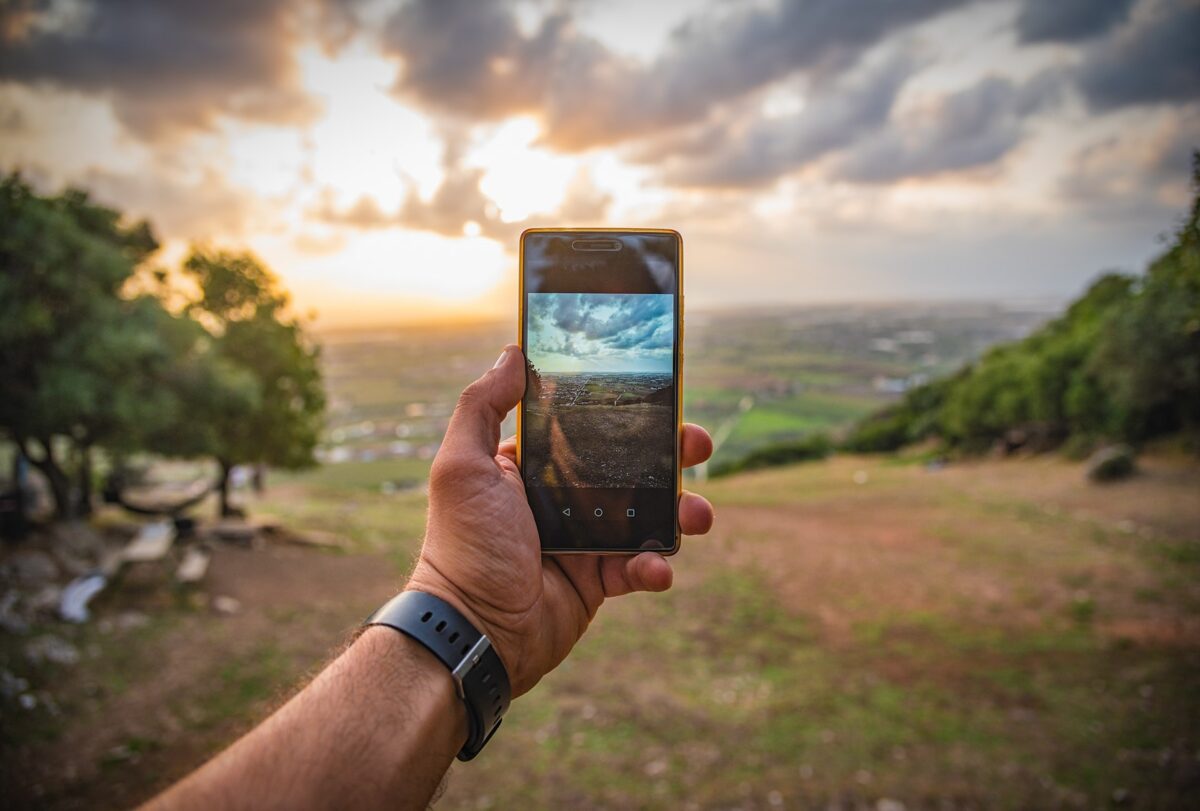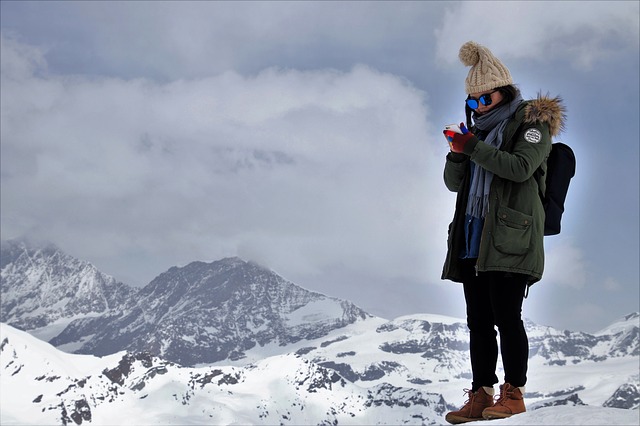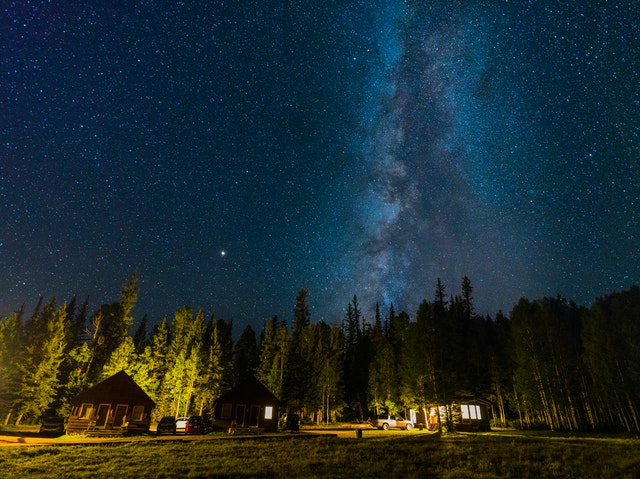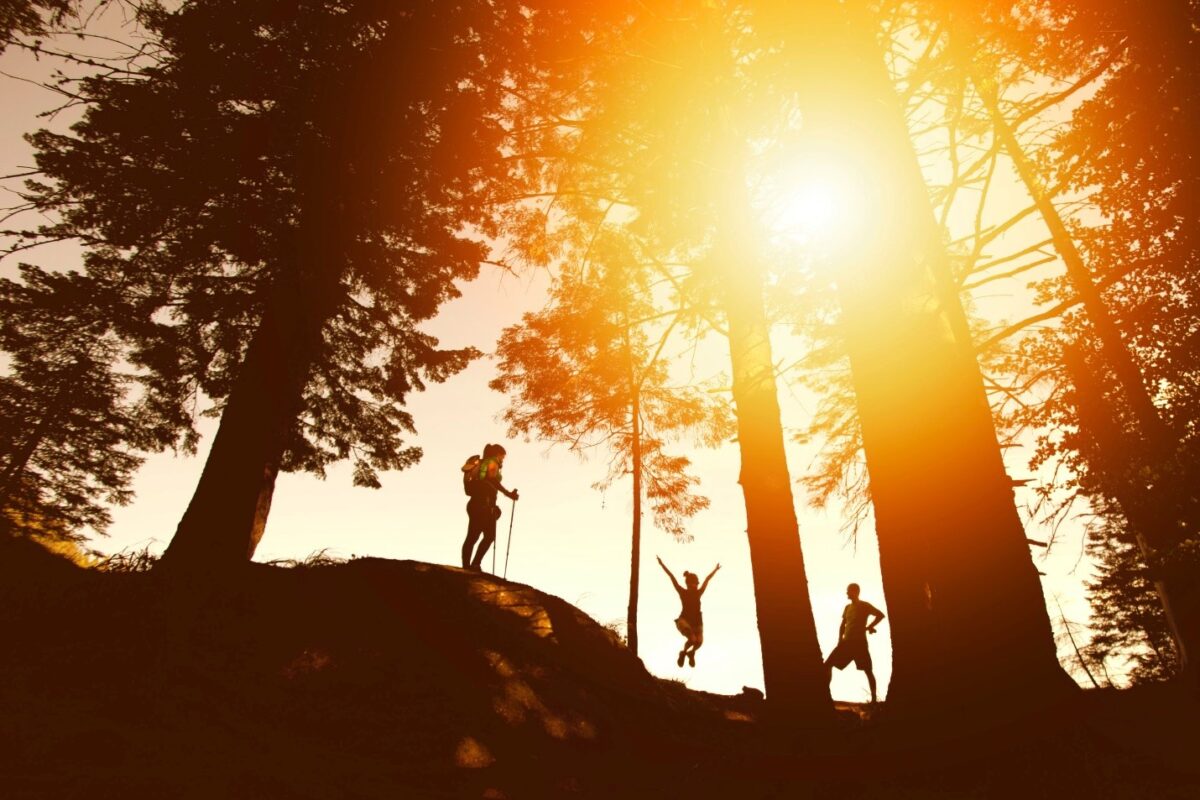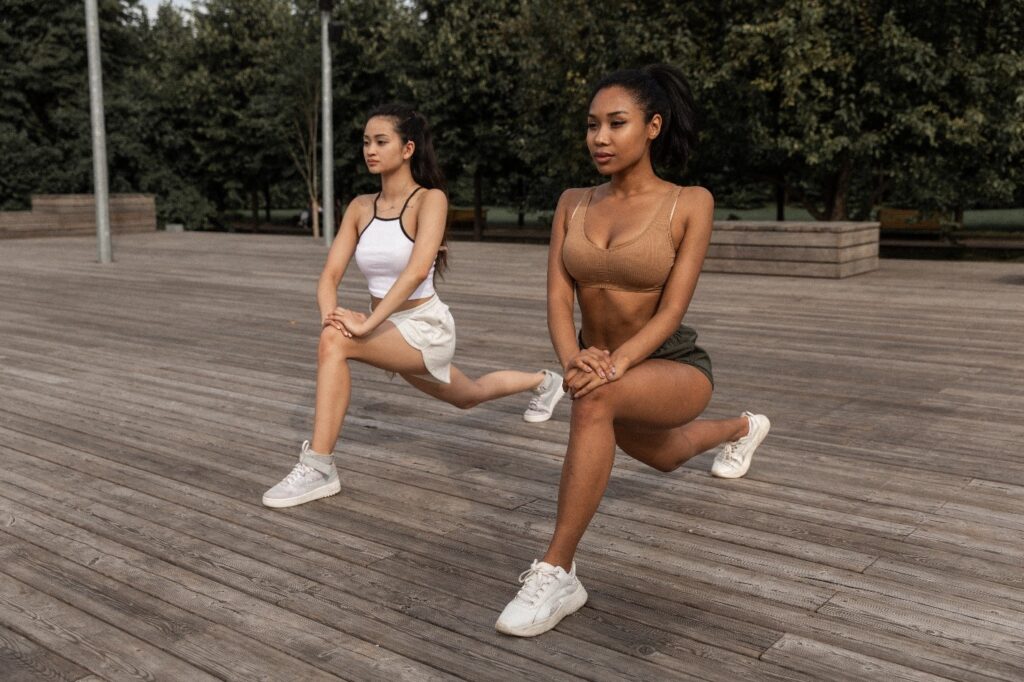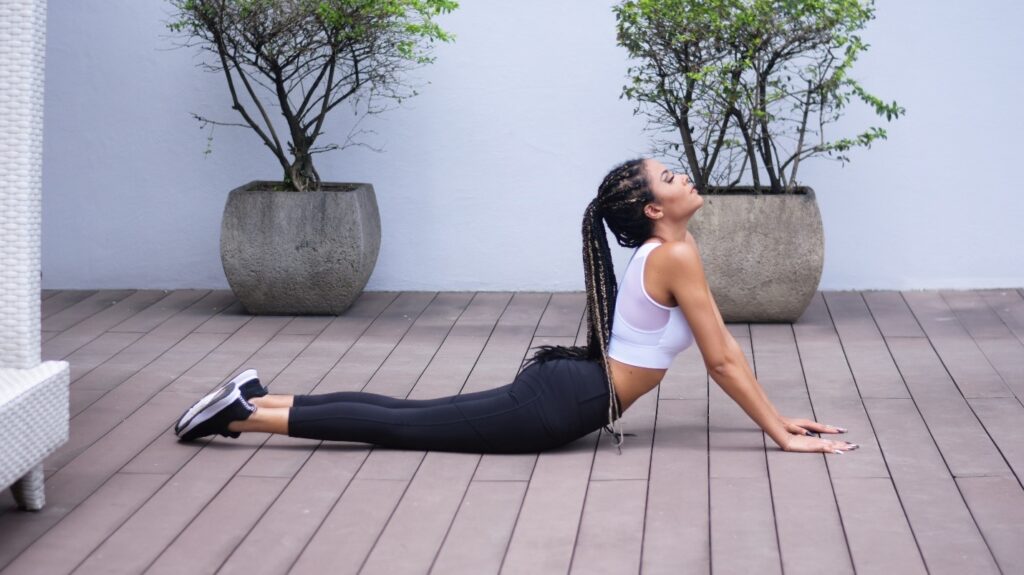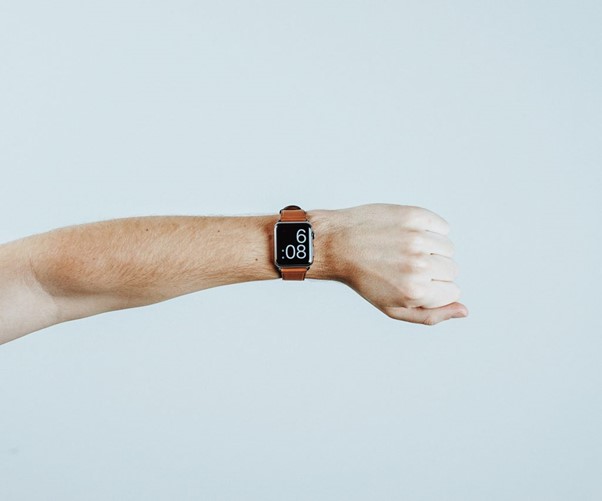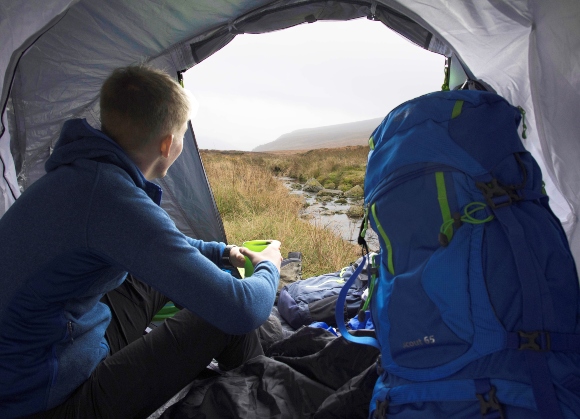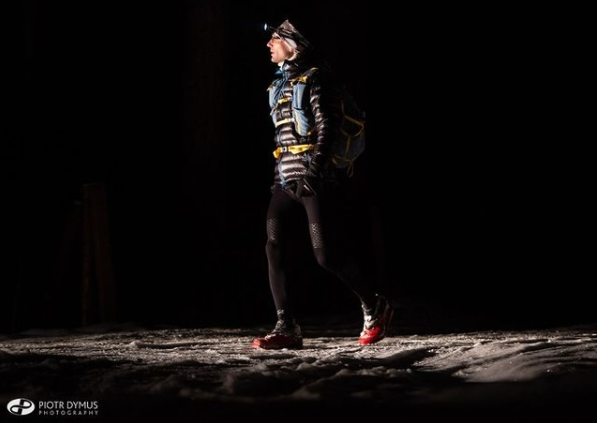Europe is abundant in beautiful landscapes. It is possible to explore high-peaked mountains, magnificent coasts, or flowery meadows. In Europe, you will find practically every sort of terrain you might want, and almost all of it is accessible. Also, you can choose to go on a one-day hike or take a tour of multiple hiking destinations. Furthermore, some hiking trails are excellent in the winter, while others are ideal in the summer. Therefore, to help you choose your next hiking destination, we made a list of the ten best hikes in Europe. So prepare your hiking gear, and let’s explore the beautiful landscapes of Europe.
Plitvice Lakes, Croatia
For some of the best treks in Europe, you must visit Croatia. It is a beautiful country with many fantastic places to visit that display incredible nature and history. However, the Plitvice Lakes National Park is the best spot to visit. It has been on the UNESCO World Heritage list since 1979 because of its outstanding landscape features. For instance, there are 16 lakes distributed throughout 300 square kilometres, several spectacular waterfalls, and majestic woodlands. Eight hiking trails lead you throughout the region, each with a different level of difficulty and time. So pack your rucksack and head to Croatia for an unforgettable trekking experience.
Retezat Mountains, Romania
The Retezat mountains in Romania are a less popular hiking destination. The mountains are in the Retezat National Park and include 20 peaks, the tallest of which is 2,509 metres. The area is also UNESCO protected, and it is a small piece of heaven. The Peleaga summit, the tallest in the region, offers breathtaking views of the landscape below, such as glacial lakes. You don’t need a permit to trek in the Retezat mountains, but you will have to pay a small fee for entering the reservation. Also, here you will find designated camping points where you can set up your tent and mountain huts where you can spend the night. However, keep your eyes open for bears, lynx, and birds, or you might miss them.
Mount Triglav, Slovenia
Mount Triglav is close to the capital Ljubliana, and it’s one of the best hikes in Europe. The mountain’s summit is 2,864m high and accessible via two routes. One of them starts in Bled and implies going on a via ferrata, which are protected climbing routes along the Alps. Also, you can choose to go on this hike alone, or you can have a guide. We highly recommend having a guide if you are not an experienced mountaineer or don’t have the appropriate equipment. The paths can be pretty narrow, and the hike might take you longer than expected.

Triglav mountain offers some of the best hikes in Europe.
Doolin Cliff Walk, Ireland
Many must-see destinations in Ireland are worth including in our list of ten best hikes in Europe.
But, here we want to present to you the Doolin Cliff Walk. This hike is along the sharp cliff edges on a narrow path that overviews the Atlantic Ocean. It is also called the secret passageway and takes you to the Cliffs of Moher. The starting point is from the village of Doolin, and it’s the best way to reach the cliffs by avoiding the crowds. On the way, you will be able to admire stunning views for around 13 km. However, you should be careful when hiking on this trail. There can be strong winds that can make the hike a bit harder and more dangerous.
Via Dinarica, Balkans
The Balkans are the best place to experience tasty food, good music, and historical sites. And the best way to experience all of them is by going on the via Dinarica. This trail crosses through the Dinaric Alps and the Shaar Mountain range. It passes through eight Balkan countries, and it’s 1,930km long, taking you through more than 120 stages. However, if you do not want to make a longer journey by following the entire trail, you can divide it into smaller sections. For example, you can make an eight-day trip from Croatia to Bosnia. Or, you can start with the easy parts and raise the difficulty gradually.
Norwegian Fjords, Norway
The fjords of Norway are a hiker’s dream come true. There are so many beautiful scenes to be seen that you just wouldn’t believe it. For instance, you can walk through lush woods, admire glacier lakes, and view beautiful snow powdered mountains. Also, there are hikes of varying difficulties for all types of hikers. And the best part is that in Norway, people are aware that hiking can boost the quality of life and the benefits it can have on health. As a result, they have the Allemannsretten, which represents the right to walk freely on Norwegian lands. So if you want to wander around the Norwegian fjords, you can do so free of charge.

Norwegians appreciate the importance of hiking and encourage people to explore the lands.
Tour du Mont Blanc, Switzerland, Italy, France
This hike is one of the most popular and best hikes in Europe. Unfortunately, it can be dangerous for those that don’t prepare for such a hike. You must have excellent navigation abilities, a high level of stamina, and a lot of tenacity. The whole tour is around 170 km, takes you through three countries, and takes about ten days to complete. You can stay overnight in mountain refuges or look for accommodations in the picturesque Alpine villages. Also, you can start the trail from any of the sides in France, Italy, or Switzerland. Wherever you choose to start from, rest assured that you will see some of the most beautiful views in Europe.
El Caminito del Rey, Spain
The King’s Little Pathway is located in Malaga’s Gaitanes Gorge and provides breathtaking views of the Andalucia area. This well-known yet risky hiking trail is located 105 metres above a river and can take up to four hours to complete. It is eight kilometres long, but you can exit at different locations to make the hike easier. After all, you will want to admire the scenery of the gorge, canyon, and river below. But, if you are afraid of heights, you might want to reconsider going on this trail. Specifically, there are two portions of the route that you should avoid. One section is made of a glass floor, while the other is a high-altitude wire suspension bridge.
Rennsteig Trail, Germany
This German trail is the most popular in the country, being walked by around 100,000 people each year. The route is 170 kilometres long and has breathtaking views. Also, the Rennsteig path is in Thuringia, which hosts the unique Thüringer Winterspiele Olympics. This German state is known for its love of outdoor activities, and the Rennsteig trail is 700 years old, being the oldest in the country. However, if you want to hike on this trail, you should prepare for a long walk uphill. You will need proper hiking boots and all the equipment for such hikes. Also, the trail will require you to have at least a moderate level of fitness.

On the Rennsteig Trail in Germany, you have a high chance of meeting the wildlife.
The Gap of Dunloe, Ireland
This route starts in the Killarney National Park, at Kate Kearney’s Cottage. You can choose between a short 11km trek or a round trip that begins and ends at the cottage. The tour can take you up to five hours, but it will be worth your time. On the way, you will be able to admire impressive mountains, five beautiful lakes, and the famous Wishing Bridge. Legend has it that the wish you make while standing on the bridge will come true. So, even if this route takes your breath away, literally speaking, it will also reward you with beautiful views and maybe even a wish come true.
Final thoughts
If you want to have the perfect hiking experience, choose one of the ten best hikes in Europe as your destination. You will be able to have a fantastic hiking experience while passing through stunning landscapes with gorgeous flora and fauna. Good luck and remember to have fun!





